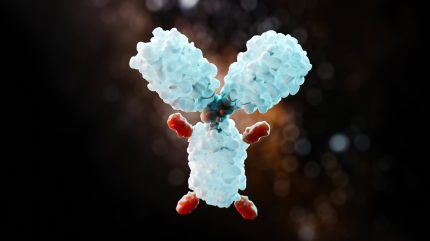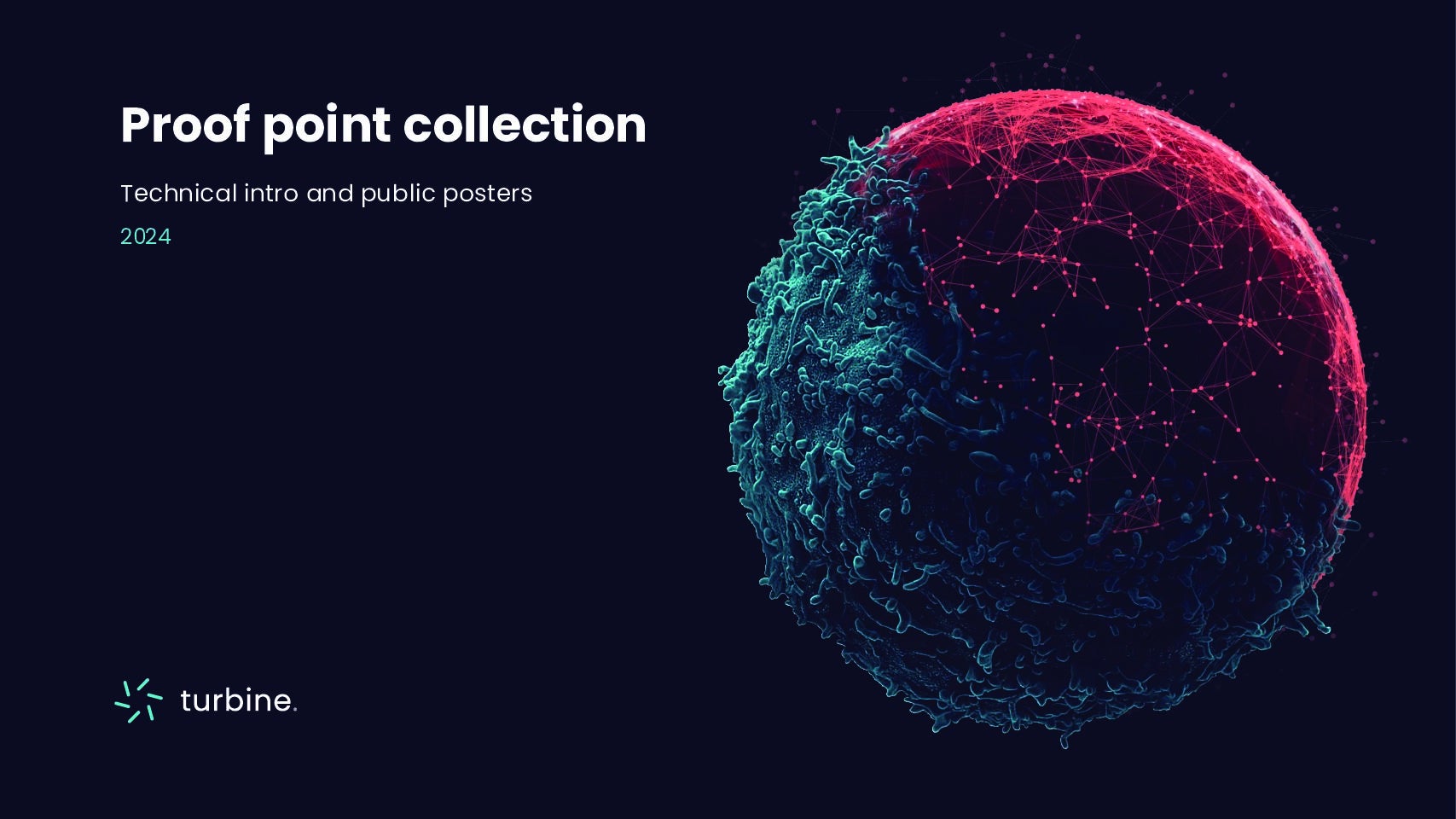
Artificial intelligence and machine learning (AI/ML) are fundamentally changing the world of drug discovery, enabling researchers to identify the potential drug candidates that could bind most effectively to a biological target from vast libraries of chemical compounds. In November 2024, GlobalData’s Drugs database recorded more than 3,000 drugs that have been developed or repurposed using AI, with the vast majority in the very early stages of development. Yet while the data certainly suggests that companies have turned to AI to expand their pipelines, simply widening the top of the funnel is not enough in a world where drug development success rates have continued to hover around 10% for years.
Drug developers need a way of better understanding patients’ complex biological systems and how a new compound may react with them. To get a drug to Phase II and beyond at a faster pace, they need smarter, data-driven ways of selecting preclinical experiments, as well as the ability to simulate experimental perturbations, inform biomarker selection, and gain deeper insight into the molecular mechanisms that drive their results.
Consider the example of antibody-drug conjugates (ADCs), a leading trend in today’s cancer research space but also a major source of complexity due to the intricate interplay of antibody, linker, and cytotoxic payload and the role of payload resistance. Finding the right combination of these three components can lead to the development of highly precise “biological missiles” for cancer cells, overcoming many of the challenges with traditional chemotherapies related to off-target toxicity. However, the potential permutations for an ADC stretch into the billions. Researchers require sophisticated technologies for identifying and ranking the most promising combinations and simulating responses to payloads or combinations at scale to understand resistance and toxicity. Eliminating the need to abstract the payload (or payload combination) removes a vast factor of uncertainty.
Cell simulations: A new frontier in AI-driven drug development
Fuelled by machine learning, the application of computational modelling to the study of molecular-level biological systems can help biopharma researchers better understand biochemical processes, cell signalling, and more through so-called virtual cell models.
For over a decade, an innovative team originating from Budapest has been working on virtualizing biological experiments, developing a foundational cell model simulation platform that can rapidly run millions of experiments before a researcher sets foot in the wet lab. Turbine was officially founded by the team in 2016, and since then simulations generated in the company’s Virtual Lab have been validated from target discovery to patient stratification and life cycle management through Turbine’s own proprietary pipeline and its collaborations with multiple large pharma organisations and research institutes.
Turbine’s simulations have been shown to significantly increase the number of validated hypotheses versus competing approaches, and several experiments have proven the model’s ability to make predictions on never-seen-before cell lines. For example, when studying payload biology as part of the company’s broader objective to support ADC development, the model successfully predicted novel perturbation responses. Specifically, without training on SN38 combination datasets, Turbine’s model accurately identified that SLFN11 gene knockout contributes to non-small cell lung cancer resistance to the payload SN38. SLFN11 is already recognised as a biomarker for drug resistance, but this discovery emphasises its critical role in treatment failure and underscores Turbine’s capability to accurately predict the payload response of previously unseen perturbations.
A turning point for Turbine
But this is just the beginning. Until very recently, the company’s powerful technology has only been accessed by Turbine’s own internal team of biologists and translational scientists, or that of its industry partners. Now, thanks to the maturation of the platform and Turbine’s capacity to not only harmonise but generate purpose-built datasets for rapid cell model building and iteration, the Virtual Lab is becoming available to the wider drug development industry as a collection of modules.
In particular, the initial release of Turbine’s ADC Payload Selector module marks the first steps in opening the platform to a broader community of potential users. The ADC Payload Selector will enable the industry to take advantage of either pre-trained or purpose-built models (in distinct subscription tiers) for simulating payload responses, while the since added capacity to simulate payload-payload and payload drug combinations across a wide variety of virtual samples opens a yet untouched search space for Turbine’s partners.

“For a decade, we’ve been developing our cell simulations hand in hand with select partners in biopharma R&D globally. Now, we’re at a turning point,” comments Szabolcs Nagy, Co-founder & CEO at Turbine. “The Payload Selector and the Clinical Positioning Suite are the first modules of many we’re aiming to launch in the coming months and is a crucial step toward making in silico experimentation a real-world tool for drug developers of the future. We are excited to share it with the community.”
About Turbine
Turbine is virtualising experiments with AI to accelerate discovery and clinical decisions. The team has spent the last decade building virtual disease models that we believe are second only to the patient in predicting drug response. By simulating how cells and tissues behave under treatment, Turbine helps pharma identify the right therapeutic ideas smarter and faster, cutting years of dead-end research and reducing Phase II failure caused by poor efficacy. Scientists can now run billions of virtual experiments to uncover risk, design smarter trials, and scale decisions across entire pipelines. Validated through partnerships with Bayer, AstraZeneca and others, Turbine’s platform has supported nearly 30 research programs. Backed by Accel, MSD Global Health Innovation Fund, we’re putting predictive simulations in the hands of every scientist.
To learn more about Turbine’s technology behind payload and payload combination simulations, please download this poster.



